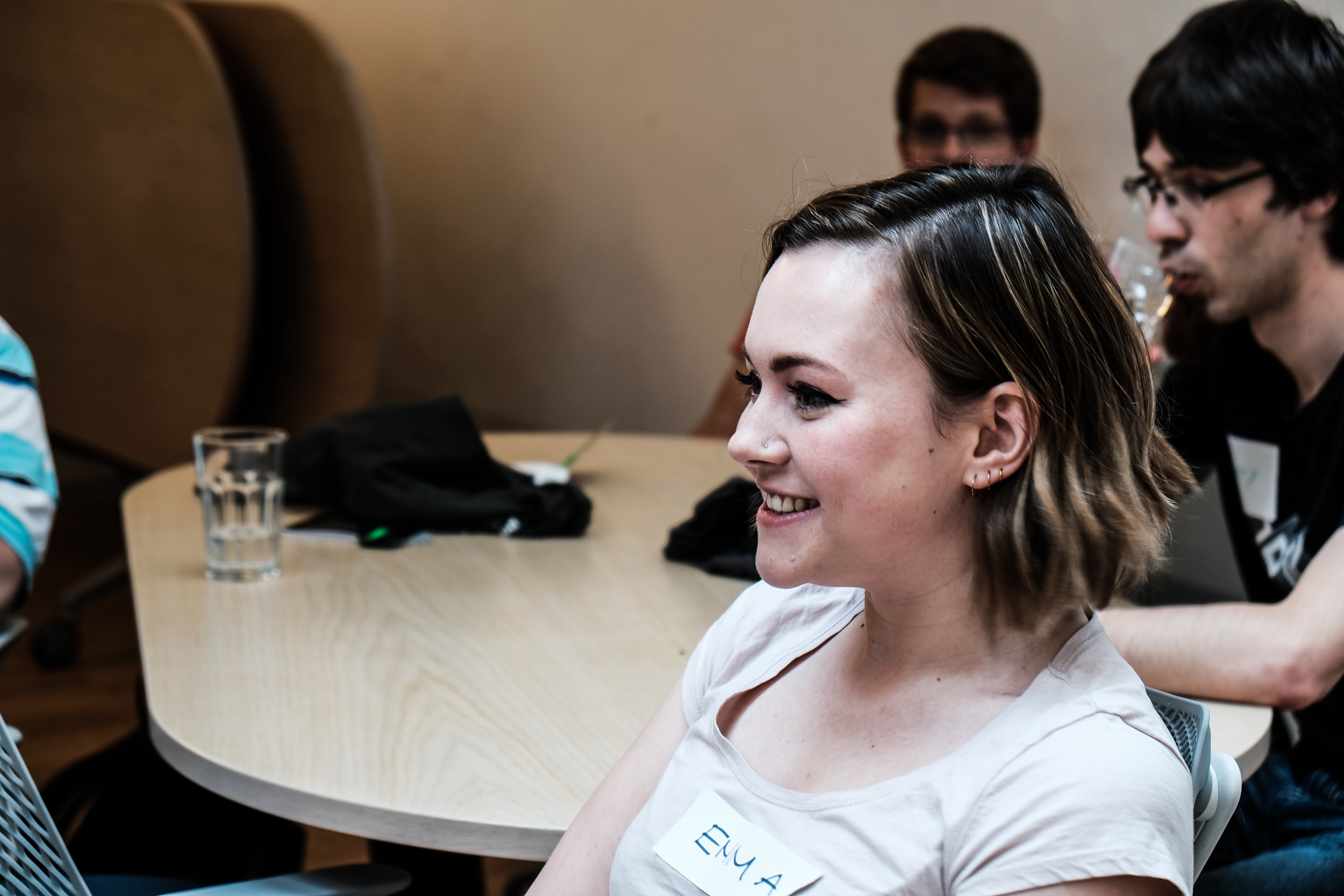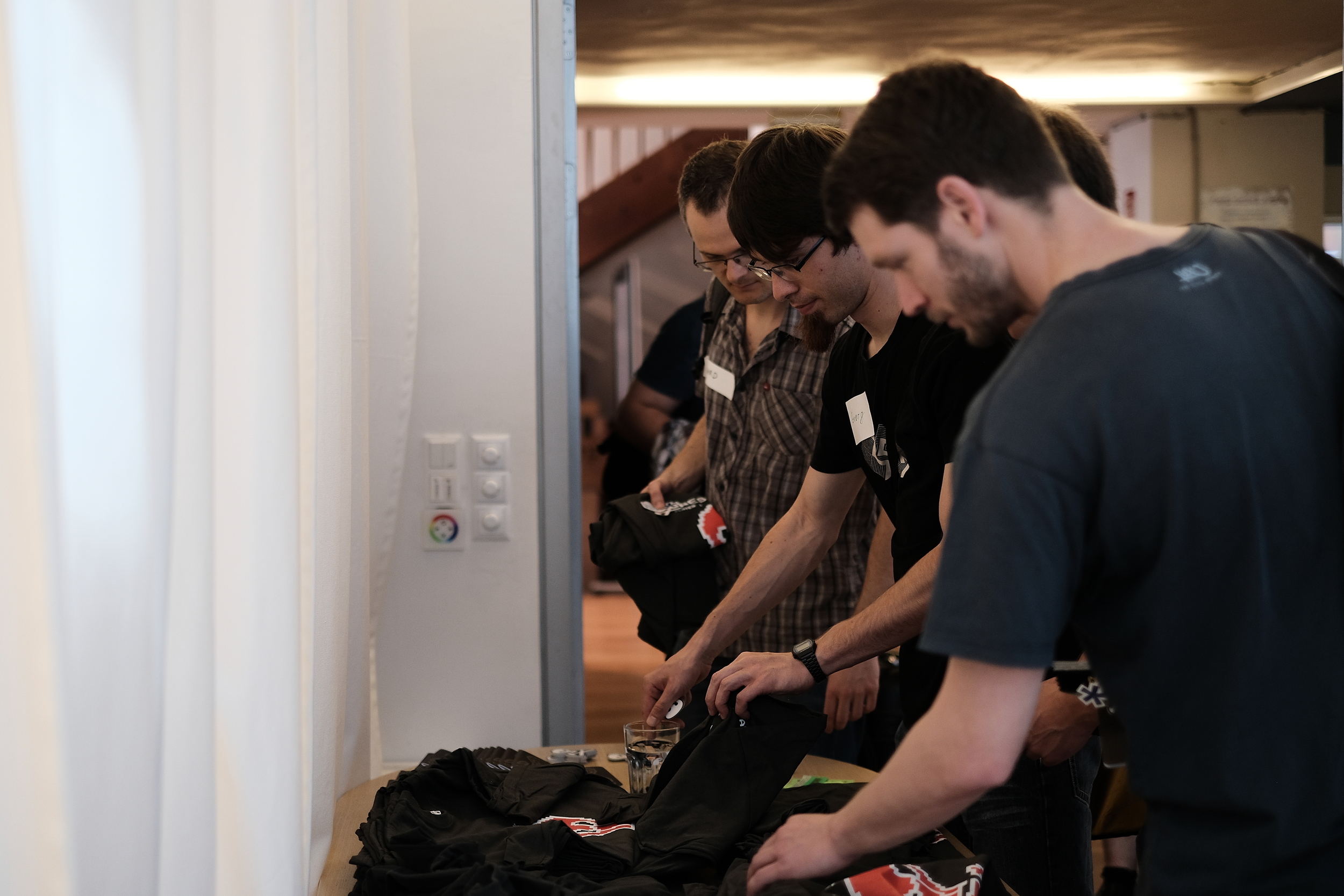Strategies for a revolution
/This must be a record. It has taken me several months to get around to recording the talk I gave last year at EAGE in Vienna — Strategies for a revolution. Rather a gradiose title, sorry about that, especially over-the-top given that I was preaching to the converted: the workshop on open source. I did, at least, blog aobut the goings on in the workshop itself at the time. I even followed it up with a slightly cheeky analysis of the discussion at the event. But I never posted my own talk, so here it is:
Too long didn't watch? No worries, my main points were:
- It's not just about open source code. We must write open access content, put our data online, and push the whole culture towards openness and reproducibility.
- We, as researchers, professionals, and authors, need to take responsibility for being more open in our practices. It has to come from within the community.
- Our conferences need more tutorials, bootcamps, , hackathons and sprints. These events build skills and networks much faster than (just) lectures and courses.
- We need something like an Open Geoscience Foundation to help streamline funding channels for open source projects and community events.
If you depend on open source software, or care about seeing more of it in our field, I'd love to hear your thoughts about how we might achieve the goal of having greater (scientific, professional, societal) impact with technology. Please leave a comment.




































 Except where noted, this content is licensed
Except where noted, this content is licensed